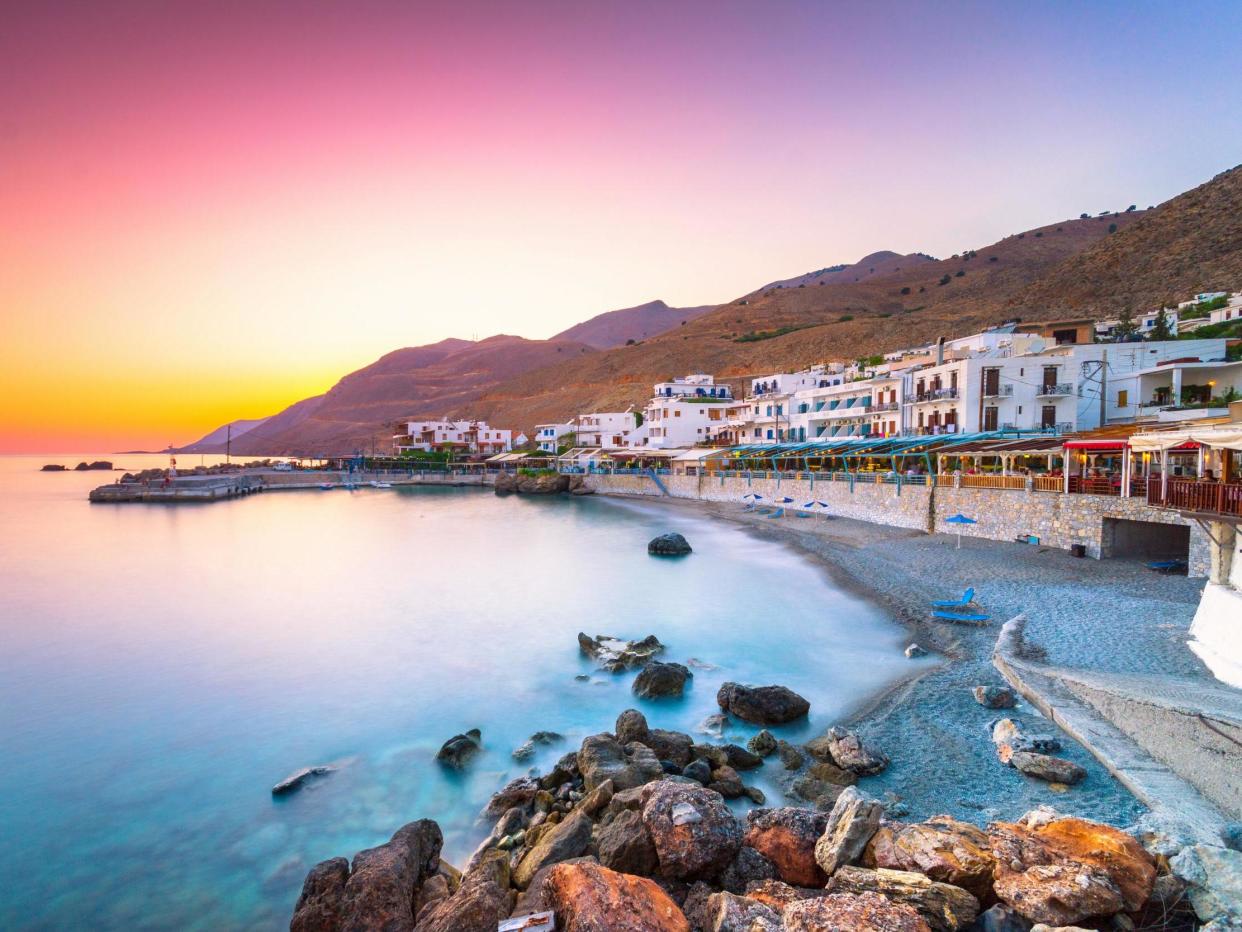How to choose the ideal Greek island for a holiday

After months in lockdown, many of us crave a journey to an island lapped by sparkling water and decorated with pine-clad hills and whitewashed villages. Add a wealth of human history and an embellishment of indulgence, and you have the formula for a fabulous holiday.
Yet each of us has our own calibration of fulfilment to decide which of the 200 or so populated Greek islands provides the best escape.
As with the Caribbean, for the deepest culture and widest prospects for exploration, size matters.
Crete is way out in front – and is almost as large as the nearby country of Cyprus. The largest Greek island measures 160 miles from east to west.
Within that broad spread, you can find countless bays and beaches, a backdrop of mighty mountains carved by gorges, and accommodation from simple rooms to the five-star spa hotels crowding around the resort of Elounda in the east of the island.
History runs deep, with the extraordinary palace of Knossos surviving both millennia and clumsy Victorian restoration. Add the unique accessibility provided by two airports, and it makes for an ideal destination for many tourists.
Yet for some, ease of access, whether by air or cruise ship, is detrimental. The impossibly pretty island of Santorini feels impossibly crowded in (the average) summer. And the proximity of Corfu – closest Greek isle to the UK, just 1,250 miles from Gatwick – means that the Venetian streets of its capital are often choked.
The tougher the journey, the thinner the crowds; and the Cyclades, sitting pretty in the centre of the Aegean, has several candidates for escape. Forget the busy beaches and sky-high prices of Mykonos; instead, make your way to Paros (whose fine white marble was used in antiquity for the Venus de Milo statue, and to build Solomon’s Temple in Jerusalem) and choose between the loneliness of Antiparos or Naxos – where towering landscapes are framed by long, empty beaches.
Yet you might just find your place in the sun on one of the “non-standard” islands. The last Greek island I visited before lockdown might just suit: Thassos, in the far north of the Aegean and reached from the sparsely populated northeast of Greece – most easily via a one-hour flight from Athens to Kavala, followed by a road journey and 30-minute crossing. The proximity to the Balkans makes its beaches popular with Bulgarians, Romanians and the people of the former Yugoslavia, but inland Thassos offers majestic scenery; Ypsarion is almost as high as Britain’s tallest mountain, Ben Nevis.
But perhaps a quick bus ride from Athens airport to the main Greek port, Piraeus, and a one-hour hydrofoil “flight” might take you to the ideal location: Poros, small and modest, with a string of tavernas decorating the shore; a clutter of cottages rising steeply from the quayside to a pretty white church; a hilly hinterland draped in pine; and sandy strands and coves to suit every bathing need from sociability to seclusion. And all just a five-minute ferry from the Peloponnese, with all the joys of that intricate peninsula.
Read more
That Summer: Greek island hopping in 1983
Powerful earthquake strikes Crete
Greek island to pay families £450 a month to live there
Mamma Mia, when should I book for a Greek islands wedding?
You can move to a Greek island and get paid to take care of 55 cats


